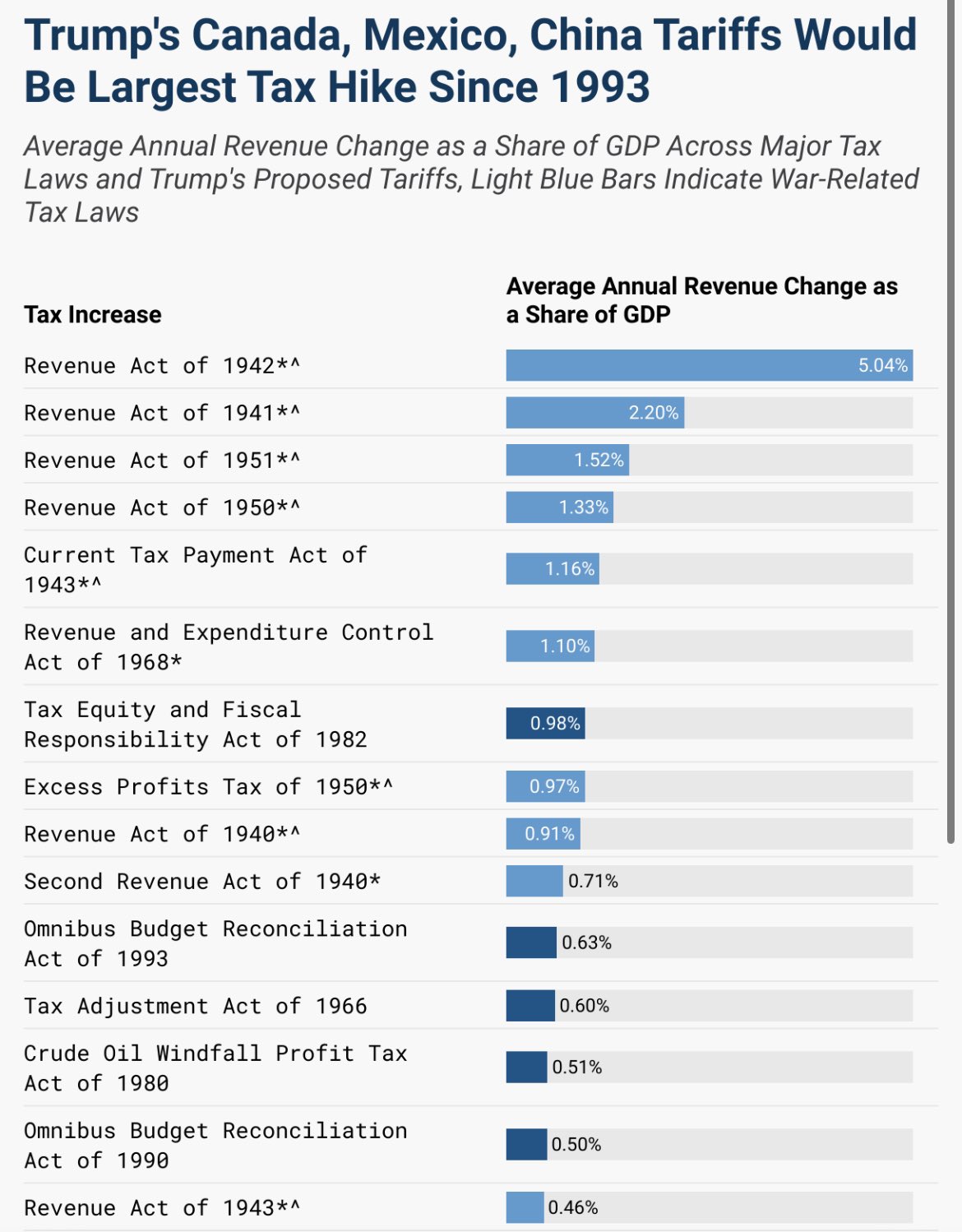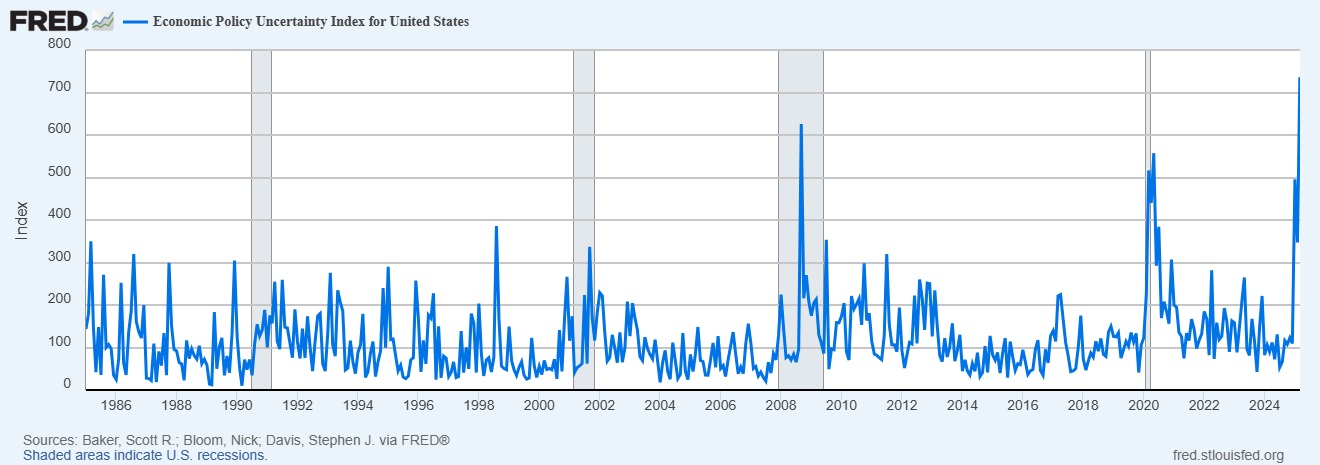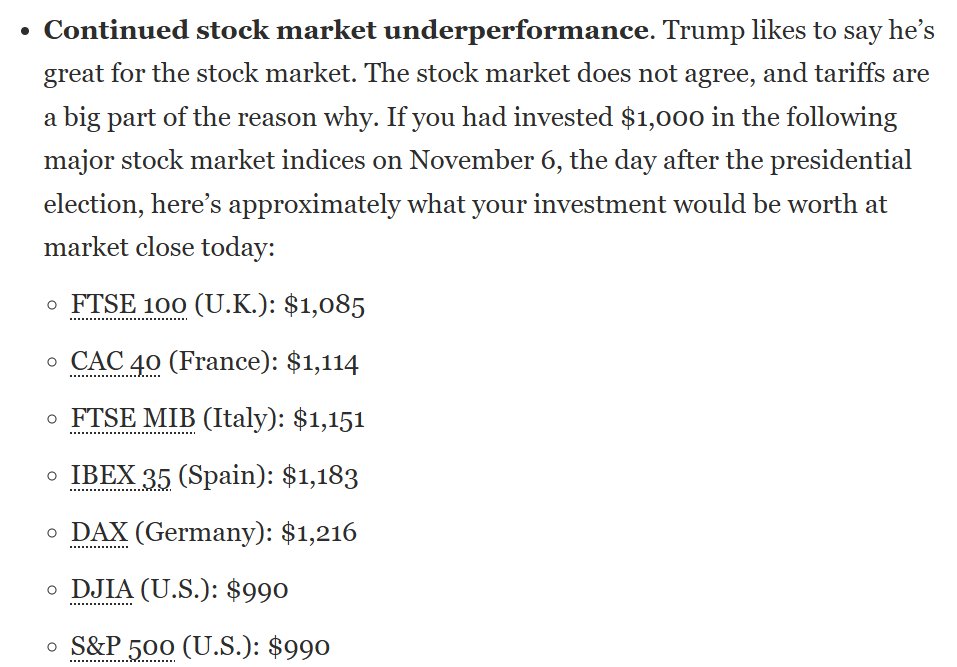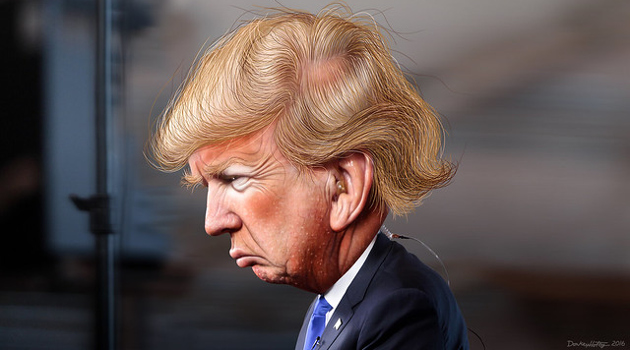Trump didn’t learn from the failure of protectionism during the Great Depression. And he didn’t learn from the failure of protectionism during his first term in office, so he’s now launched a new trade war by imposing higher taxes on cross-border commerce.
Trump will claim that his big tax increase is to help workers, but he doesn’t understand (or doesn’t care) that there are far more jobs destroyed by protectionism than saved by protectionism.
Then Trump will claim that his big tax increases is to help businesses. But, if that’s the case, why is the Chamber of Commerce, the nation’s largest business organization, ringing alarm bells about the dangers of his policy?

The Chamber of Commerce didn’t mince words in its assessment.
The U.S. Chamber of Commerce today urged reconsideration of, and a swift end to, the 25% tariffs set to go into effect on most goods from Canada and Mexico under the International Emergency Economic Powers Act (IEEPA). …The U.S. Chamber represents businesses of all sizes who will be immediately hit by tariffs, forcing them to raise prices or risk going out of business. …U.S. total goods traded with Canada were an estimated $762.1 billion in 2024, while goods traded with Mexico were an estimated $839.9 billion in 2024. Mexico and Canada are the two largest individual trading partners with the United States, supporting 13 million American jobs.
There’s endless amounts of evidence that Trump is marching in the wrong direction.
Since I’m a fiscal wonk, this chart from the Tax Foundation hit a nerve.

Next let’s look at whether Trump’s saber rattling on trade is helping or hurting the economy.
The answer is a resounding no based on this chart showing the level of economic uncertainty, which is now higher than it was during the COVID pandemic or during the government-caused 2008 financial crisis.

By the way, I repeatedly criticized the Obama Administration for creating “regime uncertainty.” Well, Trump is doing the same thing (so maybe we need a new version of this cartoon).
And that’s already having an impact on financial markets.
Ever since election day, the U.S. stock market has done poorly when compared to other nations.

The Washington Post editorialized about Trump’s latest flurry of trade taxes.
Here are some excerpts.
By imposing substantial tariffs on Mexico, Canada and China, countries that account for about 40 percent of U.S. exports and 42 percent of imports, he endangered the livelihoods of millions of the blue-collar Americans who make up his voting base. …And this is before any consideration of how U.S. trading partners will retaliate. …Canada…announced an immediate 25 percent tariff on $21 billion of U.S. goods, to be expanded to an additional $87 billion worth of goods in 21 days. Mexico plans to announce its countermeasures on Sunday. …All this could cost the typical U.S. household about $1,245 in lost purchasing power…if Canada, China and Mexico retaliate symmetrically — imposing same-size tariffs on U.S. goods — American incomes would fall 0.5 percent in real terms.
And the Wall Street Journal, which historically has been on the opposite side of issues from the Washington Post, has the same grim assessment of Trump’s unilateral tax increases.
Here are some excerpts from its editorial.
President Trump won the Presidency a second time by promising working-class voters he’d lift their real incomes. Which makes it all the more puzzling that he’s so intent on imposing tariffs that will punish those same Americans. Tariffs are taxes, and Mr. Trump’s latest tariffs are estimated to be about an annual $150 billion tax increase. Taxes are antigrowth. That’s the message investors are sending this week since Mr. Trump let his 25% tariffs on Canada and Mexico take effect. …The Dow Jones Industrial Average is down 3.4% since Mr. Trump took office… Mr. Trump’s tariff spree is the triumph of ideology over, well, common sense. Let’s hope the President soon comes to his senses.
I’ll close with the pessimistic observation that my attempt to educate Trump and his acolytes has been a failure. Though I like to think that’s the fault of the students rather than the teacher.
———
Image credit: DonkeyHotey | CC BY-SA 2.0.



